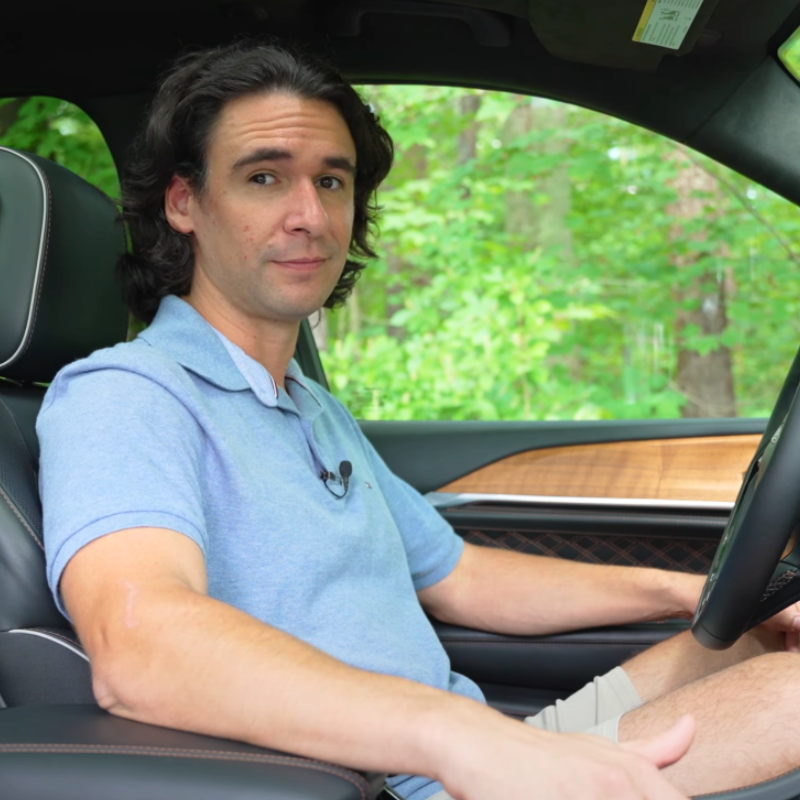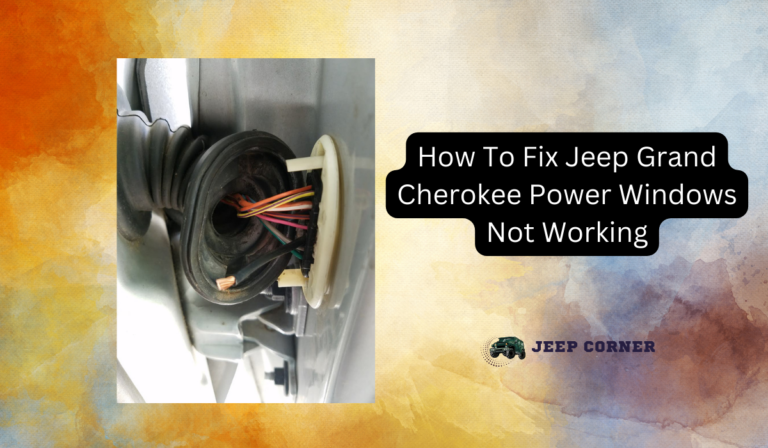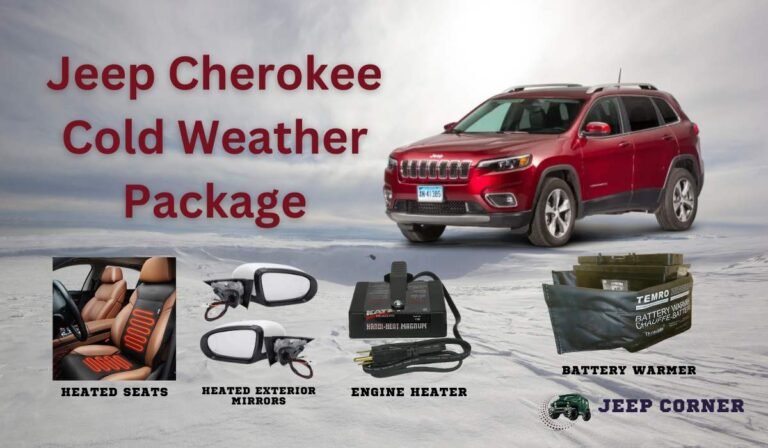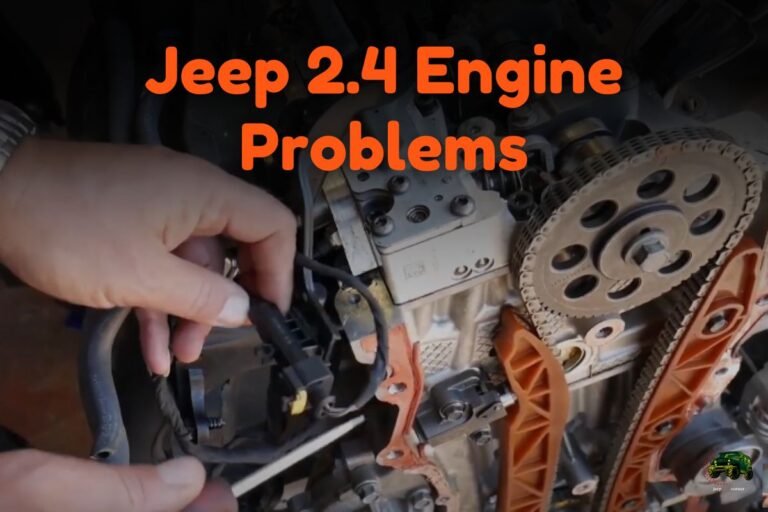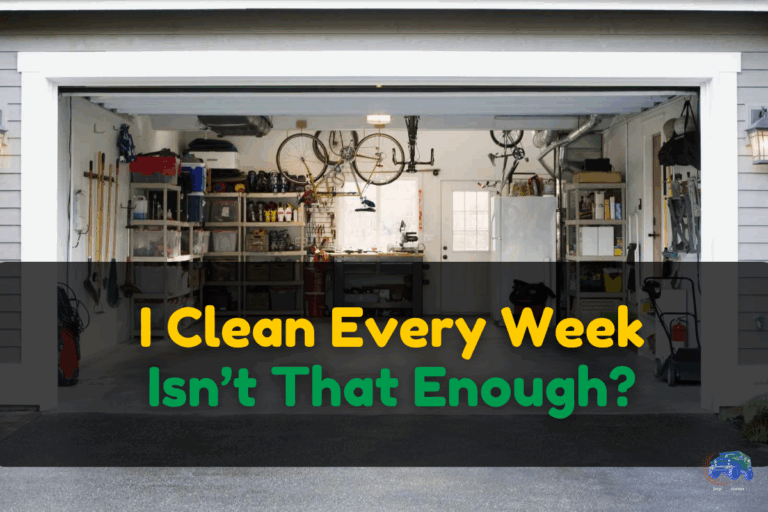Jeep Cherokee KL Review – Problems And Specs
According to the reviews, Jeep Cherokee KL is a tough SUV to consider for offroading. As we know, KL means the versions of Cherokee Jeeps that were launched in 2014 and are still going on till the present time, including Latitude, Trailhawk, Limited, etc.
Although they’ve proven to be a decent option, Jeep Cherokee KL models have shown different problems in different models. Some of the major problems that can be identified in most of the KL models include: transmission failure, fuel leak, loss of power or inability to ‘park’ function, corrosion of liftgate, etc.
Even though Jeep Cherokees are the definition of toughness, the Kl series is slightly disappointing. Let us dive into the article to learn more about the Jeep Cherokee KL review – problems and specs.
Table of Contents
Problems Of Jeep Cherokee KL
Let us discuss the Problems Jeep Cherokee users had to face throughout the years. Typically these problems could be divided into six different model years, which include:
- 2014 Jeep KL. Cherokee
- 2015 Jeep KL. Cherokee
- 2013 to 2016 Jeep KL. Cherokee
- 2018 Jeep KL. Cherokee
- 2019 Jeep KL. Cherokee
- 2021 Jeep KL. Cherokee
Let’s take a quick look at the models and their problems in the table below:
| Model | Problems |
| 2014 Jeep KL. Cherokee | Unintended accelerationBreaking of rear shock absorbers |
| 2015 Jeep KL. Cherokee | Unintended airbag deploymentCorrosion of liftgate control modules |
| 2013 to 2016 Jeep KL. Cherokee | The car may lose powerNon-compliant flame safety spatsLoose seat fastener |
| 2018 Jeep KL. Cherokee | Fuel leak from the fuel tubeLoss of power and/or inability to stay in the park |
| 2019 Jeep KL. Cherokee | Poor rear brake performance |
| 2021 Jeep KL. Cherokee | Transmission fluid Leaks |
Below are the details of the problems in these specific year models of Jeep KL Cherokee:
2014 Jeep KL. Cherokee Problems
The problems noticed in the 2014 Jeep KL include the followings:
Unintended acceleration
Jeep KL Cherokees equipped with an Adaptive Cruise Control system could cause the vehicle to accelerate unexpectedly and persistently even after being disabled.
If this were to happen, the vehicle could potentially speed up to very high speeds, making it difficult for the driver to come to a stop or slow the vehicle down, thereby increasing the risk of an accident for the driver and other people who use the road.
Breaking of rear shock absorbers
The rear shock absorbers of these cars are made by Hitachi. The back shocks on these cars have a weak spot where they attach; thus, they can easily break.
A risk to the driver and other motorists existed since a partially separated shock absorber might harm additional rear chassis as well as the suspension system, which in turn might cause an accident.
2015 Jeep KL. Cherokee Problems
2015 Jeep KL comes with a different set of problems than its predecessor. These include:
Unintended airbag deployment
Jeep KL Cherokee models from 2015 when driven off-road, have the potential to acquire angles that are greater than the calibration criteria of their Occupant Restraint Control (DRC).
This can result in the deployment of the side curtain airbags as well as the seat airbags. The release of the airbags in such a manner could increase the risk of an accident happening since it would distract the driver and reduce their field of vision.
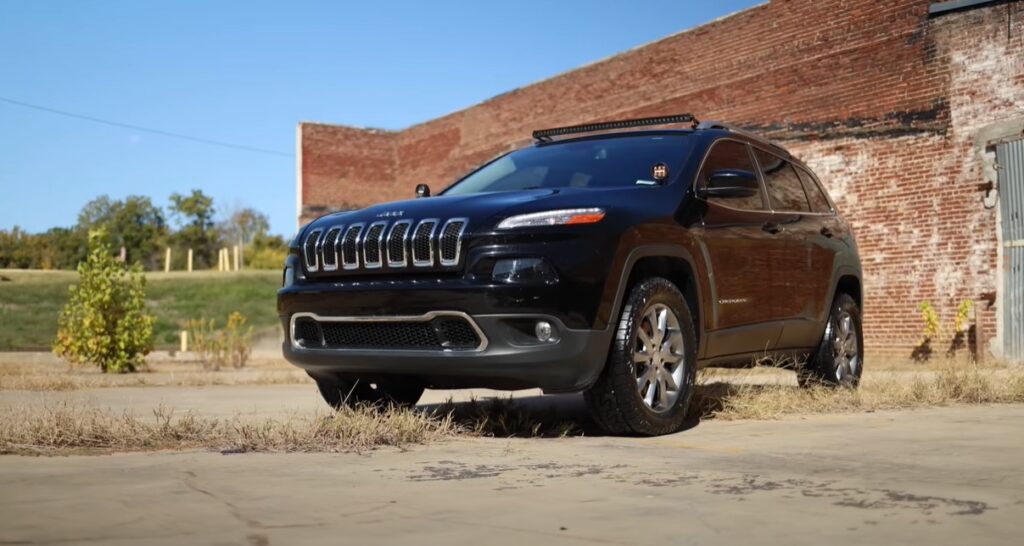
Jeep KL Cherokee: corrosion of liftgate control modules
Both the Longitude, Limited, and Trailhawk trims of the Jeep KL Cherokee 2015 users faced a high resistance short circuit in the electrical connector of the power liftgate control module that may occur in these vehicles due to corrosion.
Further, water entering the electrical connector of the power liftgate control module could render the module useless and/or start a fire.
Jeep 2015 and 2016 KL Cherokees faced a potential high resistance short circuit inside the power liftgate control unit caused by corrosion.
It’s also possible that water might enter the power liftgate unit through the electrical connector, rendering the module useless, triggering Windows, and even starting a fire.
2014-16 Jeep KL Cherokee Problems
From 2014 to 2016 Jeep KL models, there are some common problems noticed over the years, which include:
The car may lose power
In September 2016, 2014, and 2015 Jeep KL Cherokee cars were recalled since the transaxle wiring harness was possibly constructed with inadequate wire terminal crimp, which might create periodic excessive electrical resistance in the circuits.
This could cause the vehicle to lose motive power and constitute an accident risk for the driver and other vehicles on the road.
Non-compliant flame safety spats
Vehicles built between 4 February 2013 and 17 February 2016 and featuring the Off-Road Group were facing problems with the wheel flare protection spats that were not installed on these vehicles.
This is so because, without the spats, debris is more likely to come into contact with bystanders, increasing the risk of injury.
Loose seat fastener
Seats manufactured for certain model years of the Jeep KL Cherokee (2014-2016) were subject to a recall in October 2016 because of the possibility that the seat fastener had not been tightened to the correct torque specification.
The situation was dangerous because a collision could cause more harm to anyone sitting in a car whose seat was not securely fastened.
2018 Jeep KL Cherokee Problems
In 2018 models, Jeep KL has shown the following problems:
Fuel leak from the fuel tube
Those 2018 Jeep KL Cherokees powered by ED6 or ED8 engines were reported by the users to have defects in the fuel tube of these vehicles that may cause fuel to leak, which could lead to a fire in the engine compartment.
Because of the fuel leak, the vehicle may unexpectedly lose power and shut down, which increases the risk of being involved in an accident.
Loss of power and/or inability to stay “park”
Jeep KL Cherokee 2018 models equipped with all-wheel drive were the target of recall campaign U78 in August 2018. These vehicles’ right front half shaft assemblies can fail, causing power loss or inability to stay in “park” gear.
In addition, if the half-shaft bearing cage were to break while the car was moving, the lack of motive power could increase the risk of a collision.
2019 model year Jeep KL Cherokee Problems
The 2019 Jeep KL Cherokee, introduced in the recent past, came with a different set of issues. These issues include:
Poor rear brake performance
Jeep Cherokees from the 2019 model year were reported to show that the Gas pockets in the brake system may develop in these cars’ chrome-coated rear brake calipers, resulting in decreased rear brake performance, longer stopping distances, longer pedal travel, and/or softer brake pedal response after starting the engine.
2021 Jeep KL Cherokee Problems
In the most recent Jeep KL, you may encounter the following problem:
Transmission fluid Leaks
Vehicles with this problem may have a hose from the transmission to the oil cooler that was made with improperly cured rubber. If this rubber were to crack, transmission fluid could flow out.
The fluid posed a threat to the safety of the vehicle’s occupants, as well as anyone around them and nearby property, if it came into contact with an ignition source.
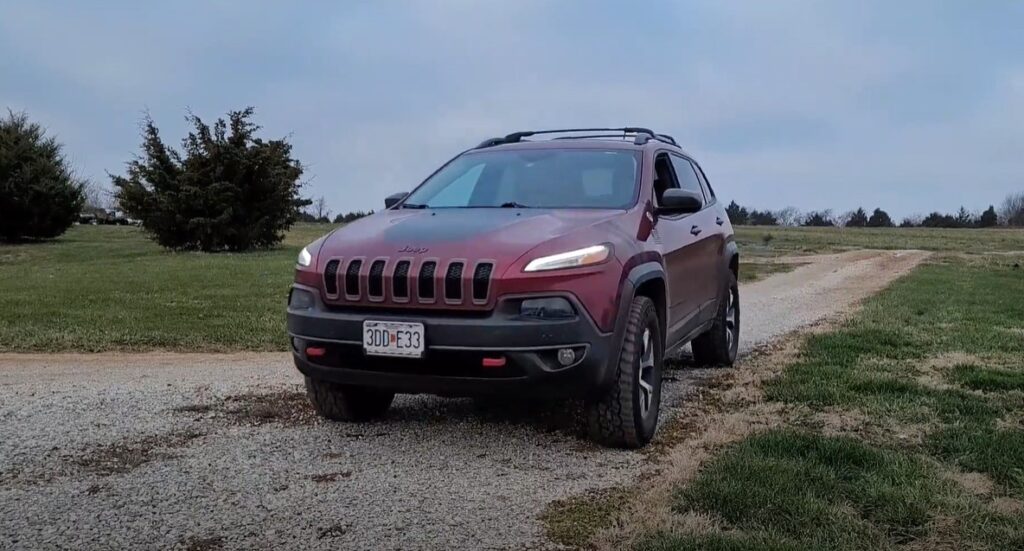
Specs of the Jeep Cherokee KL Model
Now, let’s get down to the Jeep Cherokee KL‘s technical specifications.
Transmission
The sole option for gearing is ZF’s 948TE 9-speed automatic (also known as 9HP48), which was designed in Germany. This transmission may be found in various Fiat Chrysler automobiles, as well as select Honda, Acura, and Land Rover models.
Inspecting the schematics, it’s clear that this is a sophisticated piece of equipment. In the automotive industry, there is a common belief that increased complexity increases the likelihood of issues.
Engine
The 4-cylinder 2.4L SOHC Tigershark MultiAir generates 184 horsepower and is based on a 2.4L motor from the previous generation, but it also features a sophisticated Fiat MultiAir2 variable valve timing and lifts technology.
The 3.2-liter Pentastar is equipped with a 24-valve double overhead cam (DOHC) V6 engine that produces 271 horsepower. The engine is generally satisfactory but suffers from a few small flaws.
Engine stop-start is standard equipment as of the 2015 model year (ESS). To kick things off, there’s a powerful battery and a high-output starter motor. The system functions by cutting power to the engine during braking and restarting it when the brakes are released.
There is a switch on the dashboard to turn off the ESS if necessary. An all-new 270-horsepower 2.0-liter direct-injection turbocharged inline four-cylinder engine will be available in 2019. The GAME Hurricane is the name of the engine.
The comfort of the Interior
The Jeep Cherokee’s suspension effortlessly absorbs uneven pavement. In addition to a comfortable seat and simple, well-placed controls, driving this vehicle is a breeze.
The seats are adequate in comfort, especially the motorized driver seat which provides a lot of customization options.
The Jeep Cherokee boasts one of the most accommodating rear seats in the class, thanks to its reclining backrest, fore/aft adjustability, and high-mounted bench that provides excellent thigh support.
Final Thoughts
Jeep Cherokee KL is the fifth generation SUV that required a lot of evolving but couldn’t meet expectations. The consumer report from June 22, 2024, says that the Cherokee KL models from 2016 to 2018 are somewhat average, and the other ones are below average in quality.
Even though it has the good looks and comfort of a luxurious car, the transmission and engine stalling issues have stolen the fame Jeep Cherokee could have earned.


